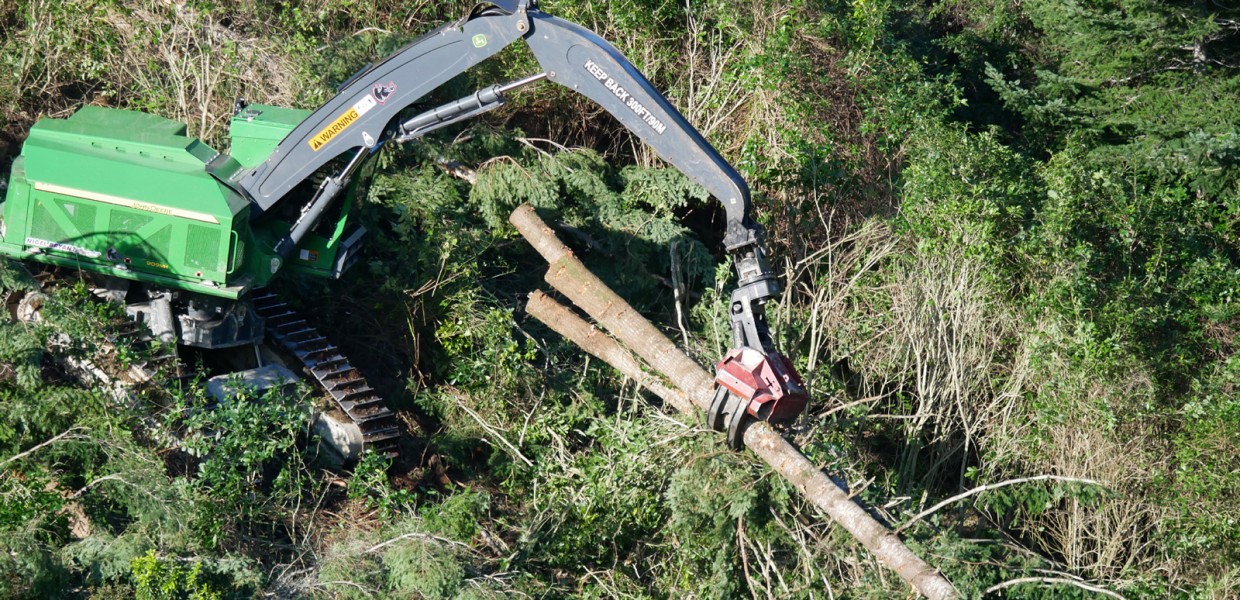18 June 2009
A joint report by economic consultants NZIER and Infometrics concludes that a modified emissions trading scheme is the best way forward for New Zealand on climate change policy.
Previous CGE modelling by Infometrics and NZIER (both 2008) of the macroeconomic effects of the previously proposed ETS showed quite different outcomes, and in particular Infometrics’ modelling showed lower macroeconomic impacts than NZIER’s modelling. The latest report reconciles the main differences between these earlier exercises and finds that, once the key assumptions that underpin the two models are allowed for, the two models produce very similar results.
The report assumes afforestation of 90,000 ha of marginal land a year, based on a carbon price of $25 a tonne, but concedes that the factors that will influence the industry are difficult to calculate using NZIER and Infometrics models.
The report says that if a price is to be introduced into the New Zealand economy, a narrow carbon pricing scheme – whether tax or cap and trade – is marginally less costly than a broad based tax or trading scheme with free allocation (the ETS) in the short run.
“On the assumption that a carbon price will be desired in the longer term to be more consistent with the actions of other countries, the government pays scenario is unlikely to be a realistic policy option, unless the government’s carbon permit purchasing options are significantly less expensive than that of the private sector. Accordingly the least cost option for meeting New Zealand’s obligation during the first Commitment Period, consistent with optimal long term policy, is a narrow carbon tax or narrow trading scheme.”
"This report is a useful contribution to the important debate on how New Zealand meets its environmental goals to reduce greenhouse gas emissions at least cost to the economy," climate change minister Dr Nick Smith said.
The report was commissioned by the Ministry for the Environment and provided to the Emissions Trading Scheme Review Committee as part of its terms of reference.
"This report concludes that a modified emissions trading scheme is the best way forward. I am releasing this report to assist with informed public debate on climate change.
"The report highlights that the costs to New Zealand's climate change policy are significantly greater if other countries do not put a price on carbon. This reinforces the Government's policy of aligning our response more closely with other countries.
"The Government will await the report back from the Review Committee before committing to any decisions on the future of New Zealand's ETS. The environmental and economic consequences of climate change policy are critical to New Zealand and a careful and considered approach is required.”
Meanwhile parliament’s ETS review committee has been told by economist Suzi Kerr, of Motu Economic and Public Policy Research, that there "may be value in [having a] temporary price ceiling" on the carbon market.
In a report in the NZ Herald, she said setting a limit on the prices at which NZUs could be traded would enable businesses to learn as they began trading. But Dr Kerr noted constraints on the price would require limits on forward trading, and "banking" units for later use.
Similar issues would arise across the Tasman, where Australia said it had delayed the start of its scheme to July 2011, and said its first year of trading would have a fixed carbon permit price of A$10 ($12.76) a tonne.
Dr Kerr told the select committee that if Australia and New Zealand accepted the same sovereign emissions units - assigned amount units, or AAUs - that were traded internationally by Governments, formal harmonisation of the trading schemes on each side of the Tasman would not be needed.
But if New Zealand set a price ceiling on its NZU credits, there would be complications in terms of exchanging them internationally.
Dr Kerr said free allocation of units to industries could be expensive to the taxpayer, and if the handout was linked to historical emissions rather than continuing output, the recipients would gain wealth without necessarily having to change their behaviour.
The committee will be expected to report back to Parliament on what changes should be made to the emissions trading scheme (ETS). The Government has said it wants a scheme sorted out by 2010: New Zealand is already committed to keeping its emissions between 2008 and 2012 to 1990 levels.
Carbon credits for forestry are keeping emissions around that mark, even though industry and farming generate about 23 per cent more greenhouse gases than in 1990.
Sources: NZ Government media release; NZIER/Infometrics report; NZ Herald






